Meta Description: CERN scientists have achieved the ancient dream of alchemists by turning lead into gold—briefly. Discover how high-energy particle collisions transformed lead into gold and why the golden element disappeared almost instantly.
Introduction: Alchemy Meets Modern Physics
The idea of turning lead into gold is as old as civilization itself. For centuries, alchemists searched for the philosopher’s stone — a mythical substance said to transform base metals into precious ones. Though dismissed as pseudoscience for hundreds of years, modern physics is now revisiting this ancient dream in the most unexpected place: CERN, the world’s most advanced particle physics laboratory.
Recently, CERN scientists managed to transform atoms of lead into atoms of gold—if only for a fleeting moment. Using cutting-edge accelerators and high-energy collisions, researchers recreated the extreme conditions where such transmutation is possible. This experiment wasn’t about chasing riches, though—it was about exploring the fundamental forces of the universe.
In this article, we’ll dive into how CERN pulled off this modern alchemical feat, why the gold vanished almost instantly, and what it means for the future of science.
CERN: Where High-Energy Magic Happens
CERN (European Organization for Nuclear Research) is home to the Large Hadron Collider (LHC) — the world’s most powerful particle accelerator. Located beneath the France-Switzerland border, this massive machine accelerates particles like protons and heavy ions to nearly the speed of light, then smashes them together to explore the building blocks of the universe.
While the LHC is best known for the discovery of the Higgs boson, it’s also capable of producing conditions that mimic those just moments after the Big Bang — when elements formed and matter first appeared.
These high-energy experiments offer something alchemists could never achieve: precise, measurable, atomic-level transmutation of one element into another.
How CERN Turned Lead into Gold
The process CERN used was far more sophisticated than medieval alchemy. Here’s a breakdown of how scientists achieved this modern-day transformation:
1. High-Energy Particle Collision
Researchers accelerated lead ions (atoms of lead stripped of electrons) to ultra-high speeds.
These lead ions were collided with other particles or lead ions at nearly the speed of light inside the LHC.
The collision created a quark-gluon plasma — an extremely hot and dense state of matter similar to the early universe.
2. Nuclear Transmutation
During the collision, some lead nuclei were broken down or restructured.
A tiny number of atoms had their proton count altered.
Since the number of protons determines an element’s identity, changing lead’s 82 protons to gold’s 79 technically produced gold atoms.
3. The Catch: Gold That Disappeared
The transformation was real, but temporary. The gold atoms existed for only fractions of a second before decaying or reverting to unstable isotopes.
In fact, scientists didn’t see shiny gold nuggets — they observed gold nuclei in their data, measured through radiation signatures and decay patterns.
So yes, CERN turned lead into gold.
But it was gold you couldn’t hold.
Why the Gold Vanished: Atomic Instability
The reason the gold didn’t last has to do with atomic stability.
The gold atoms formed were radioactive isotopes, not the stable form of gold (Au-197) found in jewelry.
These isotopes quickly decayed into lighter elements or reverted due to extreme instability.
There was no way to collect or preserve the newly-formed gold — it was too fleeting, too fragile.
In essence, CERN performed lightning-fast alchemy, only to watch its golden result vanish almost immediately.
Alchemy Reimagined: What This Means for Science
While CERN’s experiment won’t lead to wealth generation or replace gold mining, it has enormous scientific value:
1. Understanding Nuclear Physics
Changing one element into another gives physicists insights into the strong nuclear force, the force that binds protons and neutrons inside atomic nuclei.
2. Element Formation in the Universe
These experiments help simulate conditions similar to supernovae and neutron star collisions — the cosmic events where heavy elements like gold are naturally formed.
3. Medical and Industrial Applications
Nuclear transmutation also has applications in:
Medical isotopes for cancer treatment and imaging.
Waste recycling by transforming hazardous isotopes into stable ones.
Material science for creating ultra-rare elements.
Can We Ever Make Gold From Lead Commercially?
Technically? Yes.
Practically? No.
Here’s why:
The cost of producing even a single atom of gold in a collider like CERN is millions of times more than the gold’s actual market value.
The process is energy-intensive, equipment-heavy, and yields insignificant quantities.
It’s like using a spaceship to light a candle — possible, but wildly inefficient.
So, while it’s a scientific triumph, don’t expect lead-to-gold factories anytime soon.
The Legacy of Alchemy Lives On
It’s poetic, in a way. For centuries, alchemists chased a dream that modern science has finally realized — at least in theory. But in doing so, we’ve learned that the true value of gold isn’t in its rarity alone, but in the forces that create it, the stars that forged it, and the mystery it continues to hold.
And now, with CERN’s high-speed atomic wizardry, we’ve proven that transmutation is possible — just not the way ancient alchemists imagined.
Conclusion: From Legend to Lab Reality
CERN’s experiment turning lead into gold isn’t just a catchy headline — it’s a testament to how far humanity has come. We’ve taken a fabled dream and realized it using the laws of physics and the tools of modern science.
Although the gold disappeared in the blink of an eye, the implications are enduring. It’s not about creating wealth, but about understanding the fabric of the universe — one collision at a time.
You can’t wear this gold, but you can marvel at what it represents: our endless curiosity, our scientific ingenuity, and our cosmic connection to the very elements we treasure.


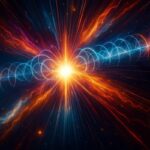
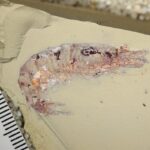
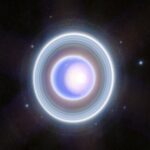

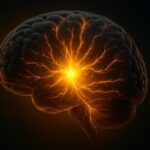

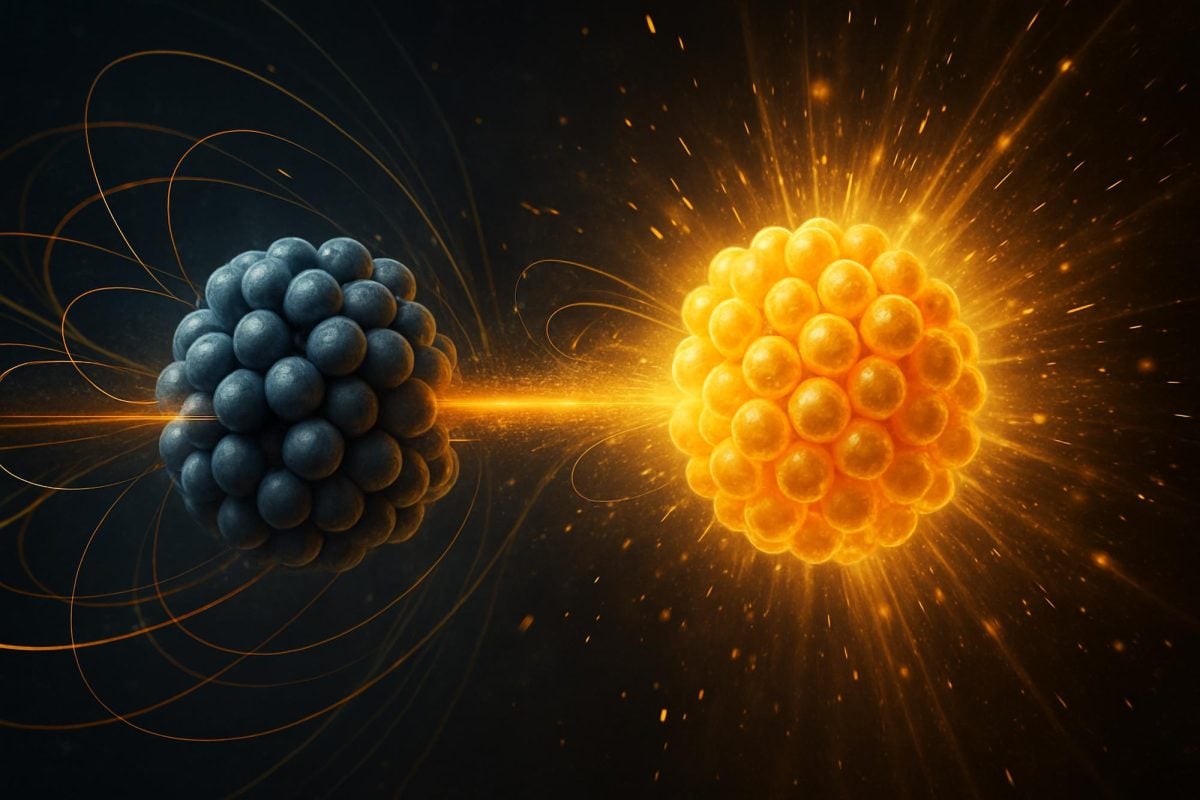
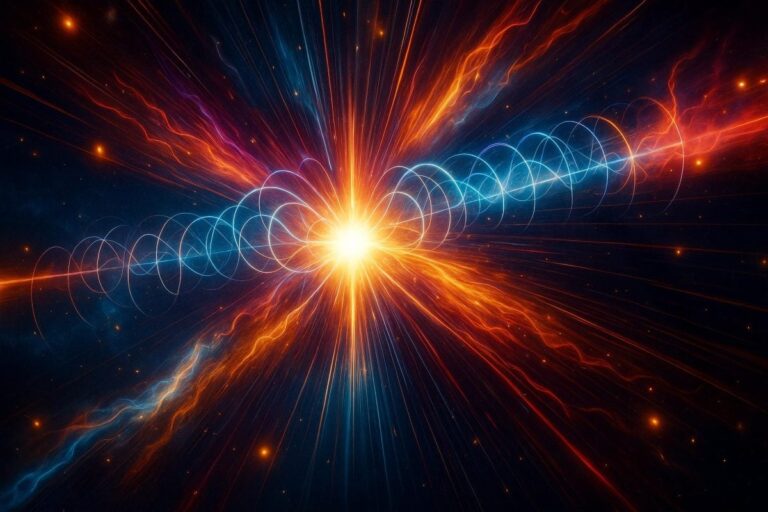
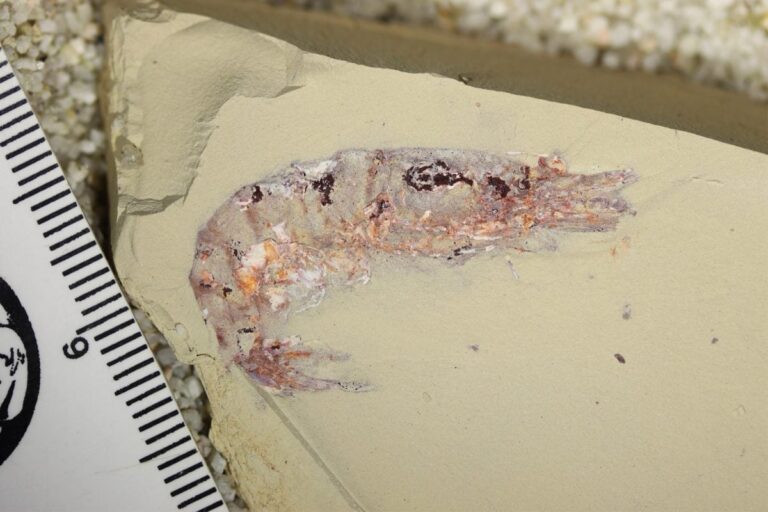
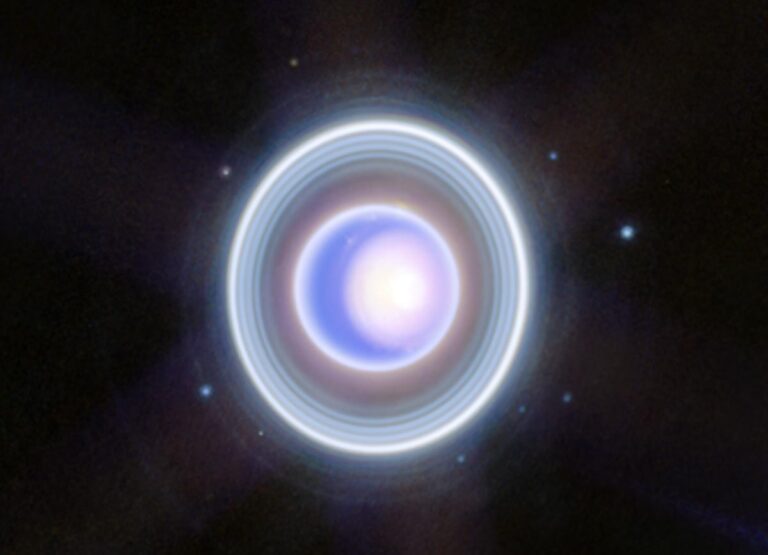
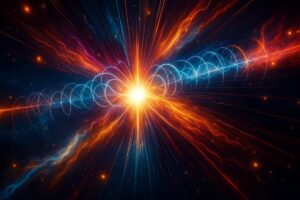
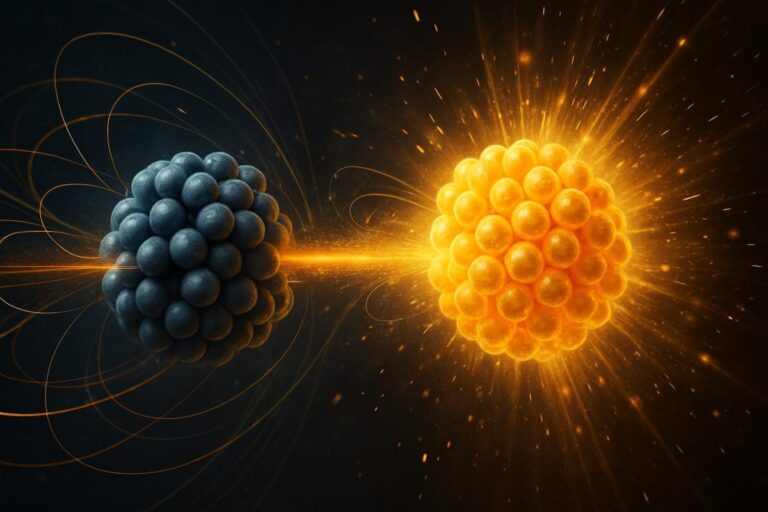

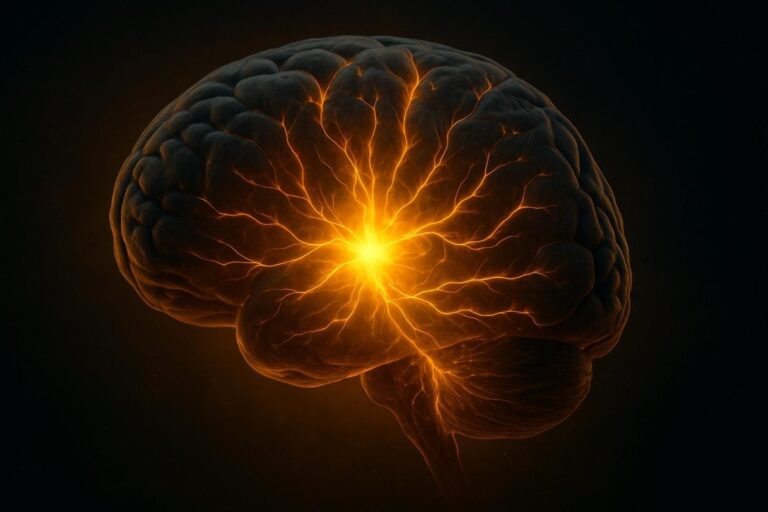
+ There are no comments
Add yours